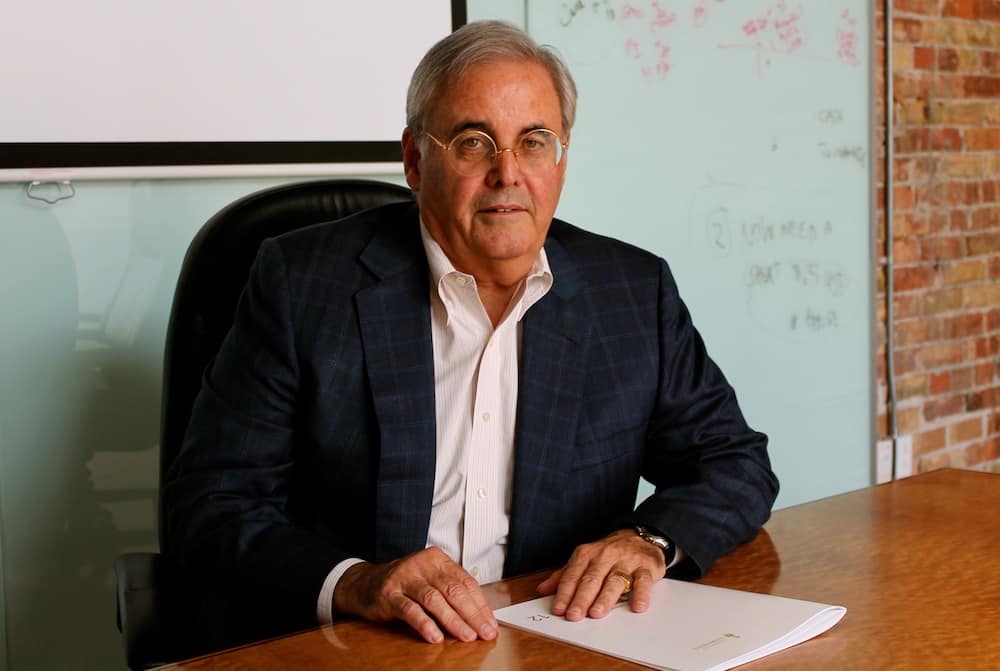Ontario’s 2016 ‘Sunshine List,’ the public disclosure of public sector salaries of $100,000 or more, was released on March 31.
U of T employees are well represented on the list, in particular the executives of the University of Toronto Asset Management Corporation (UTAM). The list contains 3,551 names from U of T, 24 from the University of St. Michael’s College, 14 from Trinity College, and 37 from Victoria University.
UTAM is a not-for-profit subsidiary of the university, which is responsible for the management of its pension funds, endowment, and both short- and long-term investments.
Despite having retired in April 2016, William Moriarty, who served as President and Chief Executive Officer of UTAM, took home $1,045,582.62 last year, making him the second-highest paid public employee in the province for the second year in a row.
Meric Gertler, President of the University of Toronto, is the seventh-highest earner at the university, earning $438,892.32 in 2016.
Moriarty was the highest-paid employee in the universities sector in 2016, making almost twice as much as the runner-up, Professor and Executive Director John Kelton of McMaster University. The highest-paid individual on the Sunshine List was Ontario Power Generation CEO Jeffrey Lyash, who made $1,155,899.14 in 2016.
U of T’s second-highest paid employee — and the third-highest in the provincial universities sector — is Daren Smith, who is the current President and Chief Investment Officer of UTAM. Smith took home $512,215.61 in 2016.
Despite a promotion from his previous position at UTAM, Smith actually made less in 2016 than he did in 2015, when he had a salary of $693,507.00. At the time, he was one of UTAM’s Managing Directors.
Many of the rest of the university’s top earners are academics in the Rotman School of Management.
U of T Media Relations Director Althea Blackburn-Evans told The Varsity that compensation for Moriarty is “approved by the Corporation’s Board. In addition to base salary, the policy provides for incentive bonuses,” which “are calculated in relation to the performance of various components of UTAM’s investment portfolio.”
An updated approach to compensation for UTAM staff members came in 2013, after a report was sent to the Finance Minister by the provincial government’s pension investment advisor. According to Blackburn-Evans, the investment advisor states in the report that expertise in “alternative asset classes” is crucial.
“Several UTAM staff members have this expertise,” Blackburn-Evans said, adding: “Mr. Moriarty’s 2016 compensation reflects the terms of his contract… I’m afraid I can’t share details about his contract.”
Blackburn-Evans explained that U of T academics’ prominence on the list is due to a commitment to excellence in education and research, which “requires us to attract and retain the best educators and professional staff with competitive salaries and compensation.”
[gdoc key=”https://docs.google.com/spreadsheets/d/1vsvihnLu6uTs1gMKfr5i9A7Id6J9Iez8styG4Lhp8Dw/edit#gid=1614535866″ datatables_order=’%5B%5B 3, “desc” %5D%5D’]


